Poor nutrition is a major risk factor for disease. In this first review in a new series on nutrition, the authors provide an overview of nutritional guidance, with a focus on energy and macronutrients. Read the full review:


The company’s video editor will soon get new AI tools for object addition/removal and generative extension.

Astronomers have identified the most massive stellar black hole yet discovered in the Milky Way galaxy. This black hole was spotted in data from the European Space Agency’s Gaia mission because it imposes an odd ‘wobbling’ motion on the companion star orbiting it. Data from the European Southern Observatory’s Very Large Telescope (ESO’s VLT) and other ground-based observatories were used to verify the mass of the black hole, putting it at an impressive 33 times that of the sun.
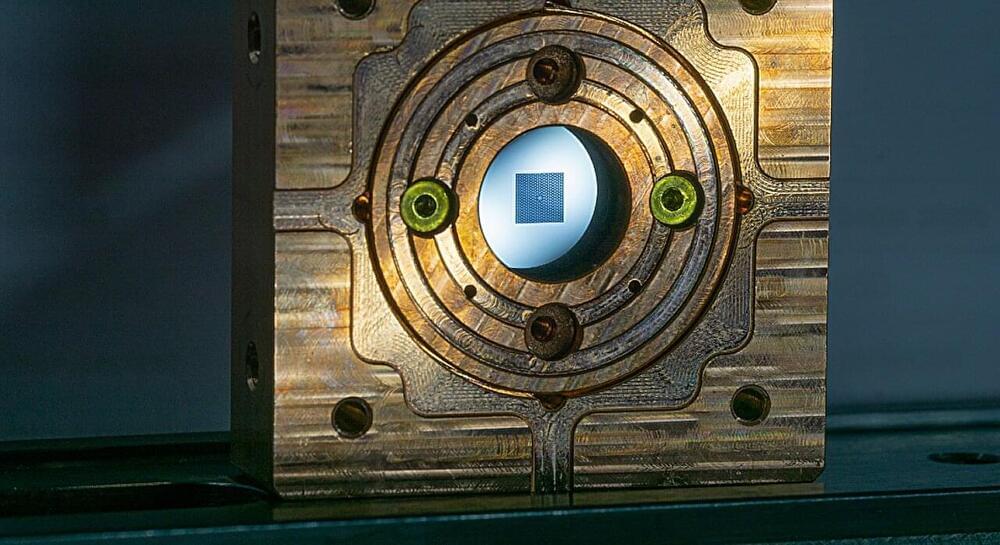
Researchers at the University of Copenhagen’s Niels Bohr Institute have developed a new way to create quantum memory: A small drum can store data sent with light in its sonic vibrations, and then forward the data with new light sources when needed again. The results demonstrate that mechanical memory for quantum data could be the strategy that paves the way for an ultra-secure internet with incredible speeds.
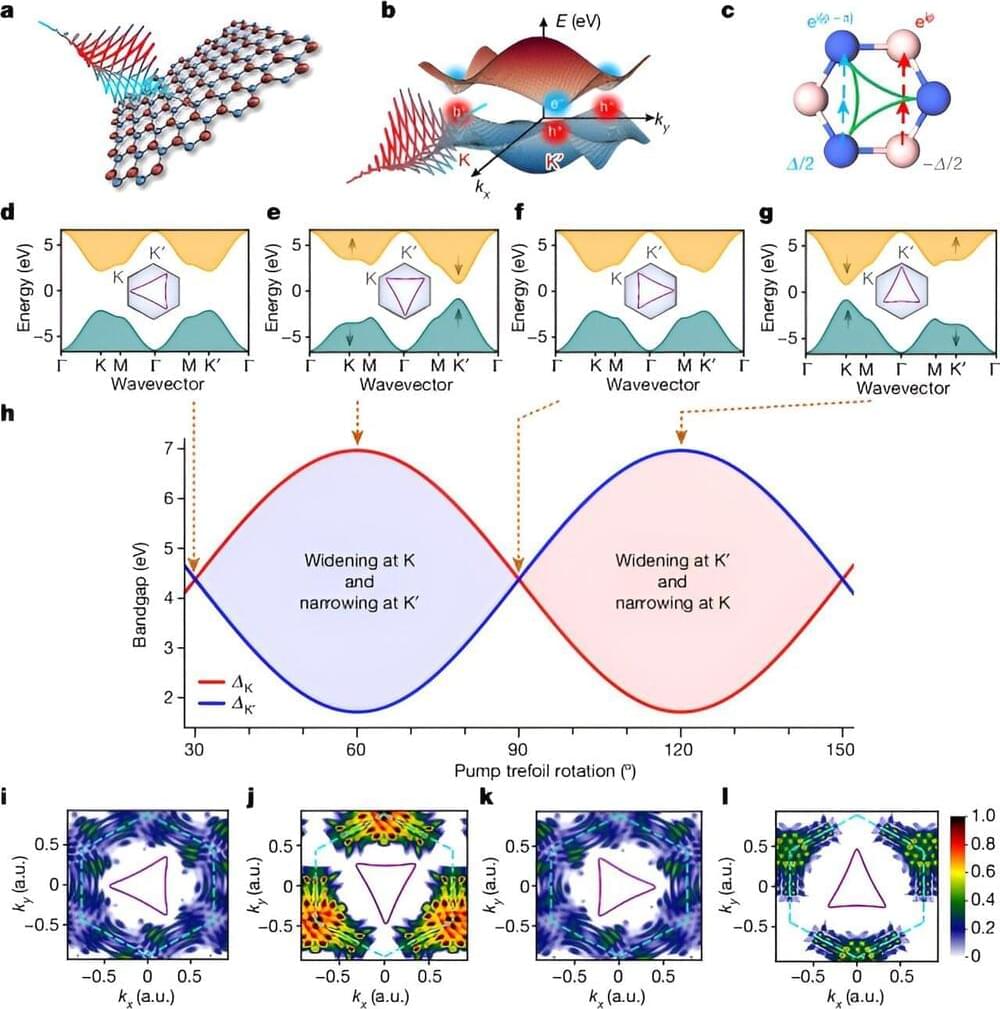
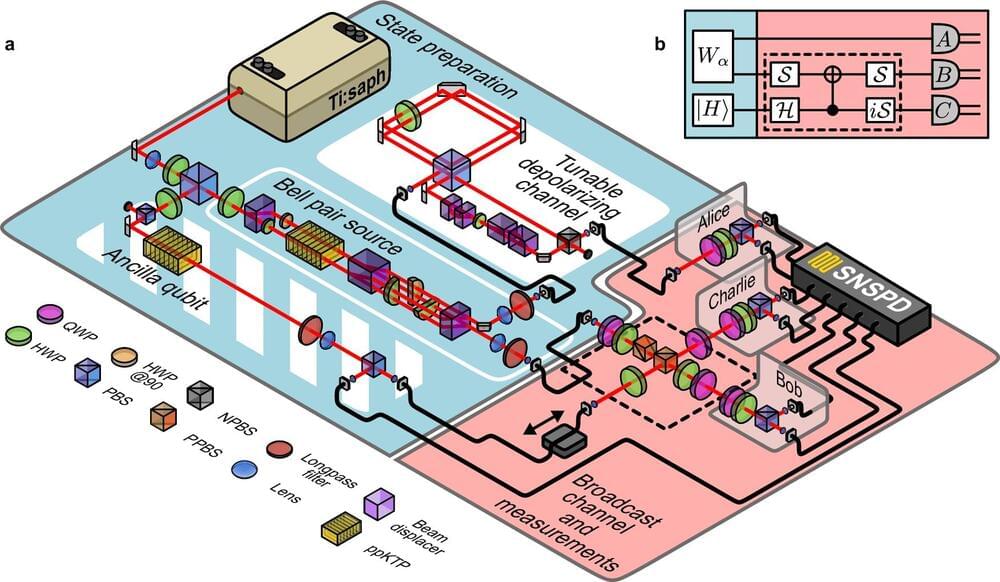

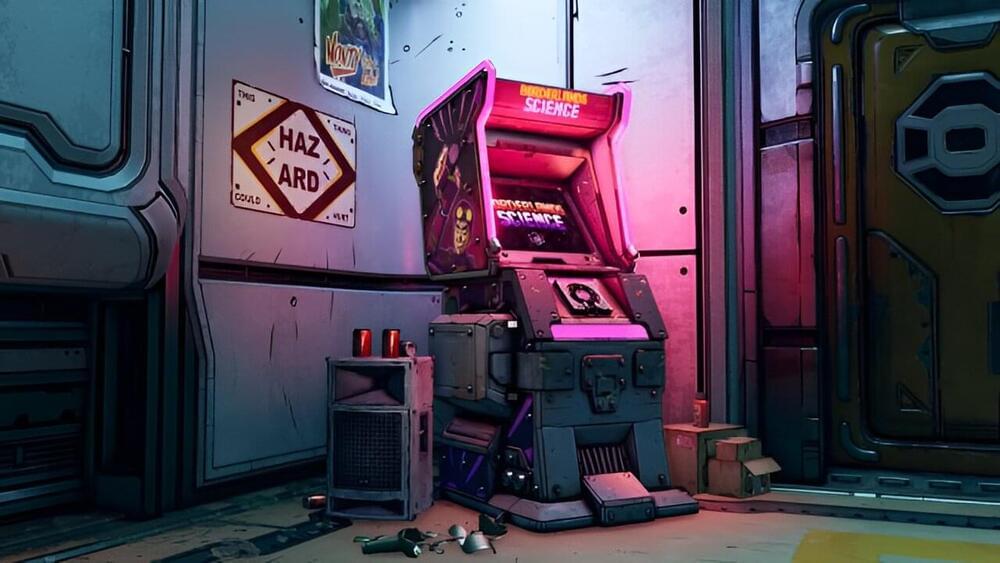

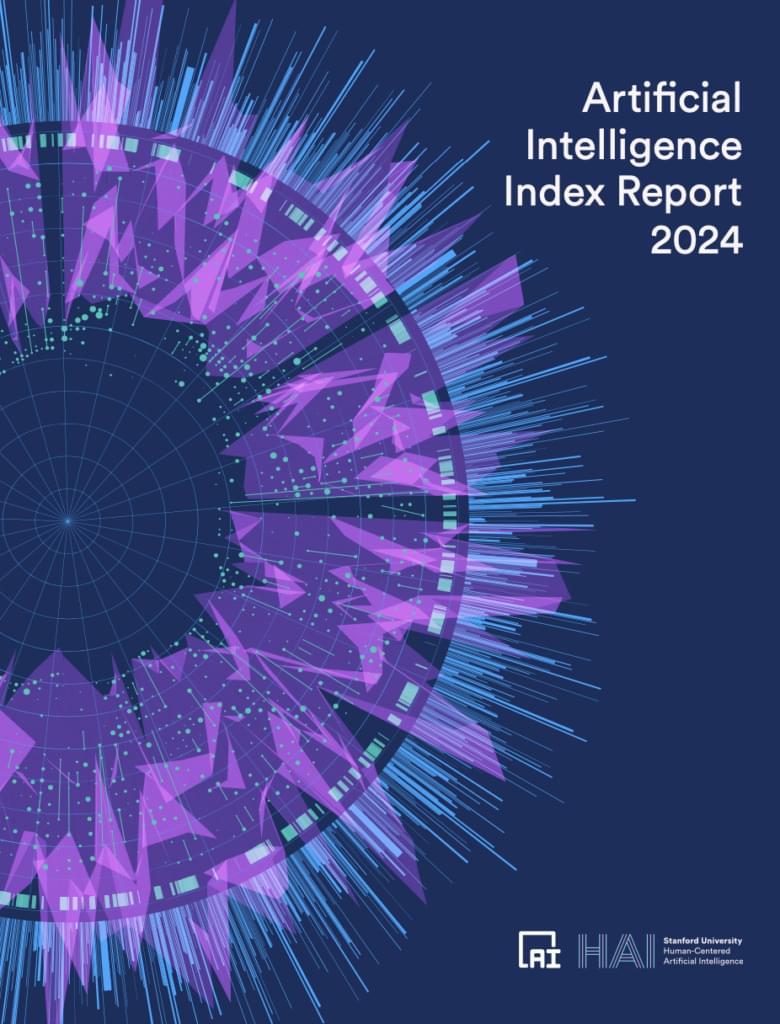
The Stanford Institute for Human-Centered AI publishes its Artificial Intelligence Index Report 2024, one of the most authoritative sources for data and insights on #AI.
Link to the full report:
Below are its top 10 takeaways:
1.
We provide unbiased, rigorously vetted, and globally sourced data for policymakers, researchers, journalists, executives, and the general public to develop a deeper understanding of the complex field of AI.